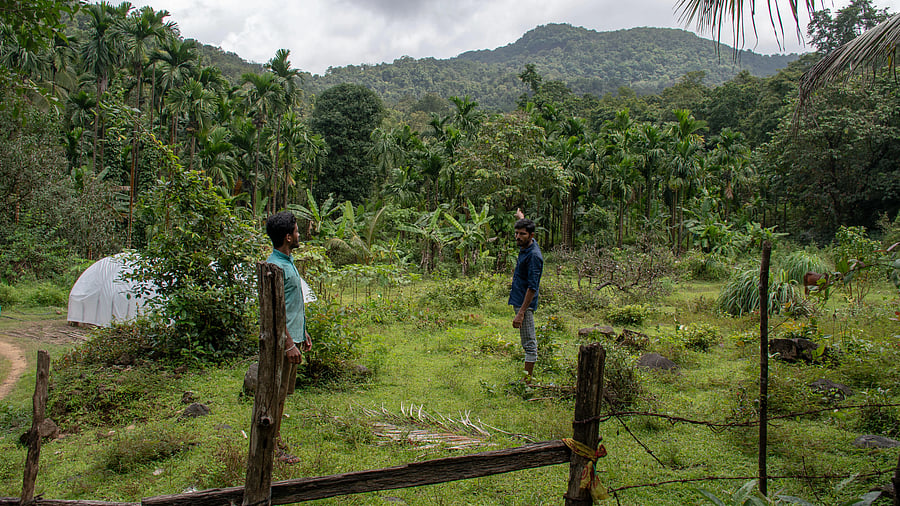
Credit: Special arrangement
Hubballi: The Canara forest circle, which covers entire Uttara Kannada district, has received forest clearance applications to cut 19,797 large trees for various development works on nearly 109.84 ha of forest land.
The projects include Sharavathi pumped storage project, widening of Kaiga-Bare road, installation of mobile phone towers & multi-village water supply projects.
In the last three decades, the district officially lost over 3.11 lakh trees to major development works.
The count of 3.11 lakh trees has been arrived at based on requests the project implementing agencies made to the forest department. Experts say this number is vastly under-counted.
Apart from the 19,797 trees, the district, which is one of the greenest and highly bio-diverse region, could lose another 3.5 lakh trees if projects such as Hubballi-Ankola railway line, Keni private port, expansion of Karwar port, Talaguppa-Sirsi-Hubballi railway project, Goa-Tamnar power transmission line, Kaiga nuclear power plant expansion and drawing of transmission line and other linear projects receive approval from various authorities and courts. The forest department is yet to get clearance requests from the implementing agencies for these projects.
Experts say these projects in one of the ecologically most sensitive areas could further intensify natural disasters like landslides and flooding.
India State of Forest Report, a biennial study conducted by the Forest Survey of India, says between 2003 and 2023, Uttara Kannada district lost 1,581 sq km of forest area (almost twice the size of Bengaluru city). Of the 10,291 sq km of geographical area, the district had 76.20% under forest cover two decades ago. Today, its total green cover is just 6,261 sq km.
“Uttara Kannada has one of the highest endemics in the world. The region has a very vast diversity of flora and fauna that are endemic to Western Ghats. Bringing in development works to such sensitive areas will spell disaster to not just the biodiversity hotspot, but entire south India,” says M D Subhash Chandran, a scientist at Indian Institute of Science, Bengaluru.
He says any alteration in landscape will adversely impact bio-engineering mechanism of trees that have evolved over millennia. “The tree roots are holding the inundated landscape. If trees are cut, it will lead to landslides and mud slips,” he says. Scientist T V Ramachandra questions the logic of governments in approving such large-scale development works in Western Ghats.
“Section 5 of the Environment (Protection) Act, 1986, forbids implementing development works in ecologically sensitive areas. Uttara Kannada falls in ecogroup specialization index zone-1 and rules do not permit even the government to cut trees in this area,” he says.
Studies have shown that Western Ghats hold 1.23 gigatonnes of carbon sequestration and annually, it captures 37.5 million tonnes of carbon.
“If this area is disturbed, it will have a cascading impact not only on hydrology of the Ghats, but also fish production. It will increase salinity downstream,” he says. He fears the current perennial streams can become seasonal.
Marine biologist V N Nayak says the government and forest department were not considering the aftermath of implementing these projects.
“Landslides and mud slips caused due to construction of highways by cutting slopes have resulted in loss of more trees than the project itself. But these numbers are not counted while implementing the project”. He says it is hard to believe that project implementing agencies will be cutting only the “approved” number of trees as there is no monitoring agency.
“Even compensatory afforestation for the projects in the district is not being done within the district. This is resulting in a double whammy for it,” Nayak adds.
